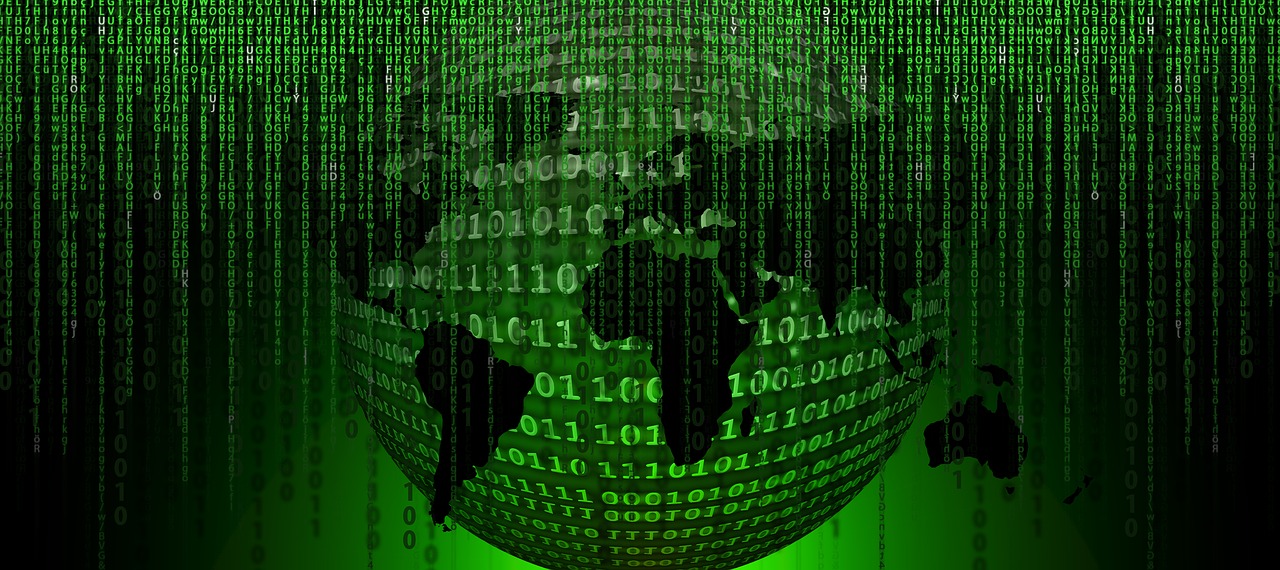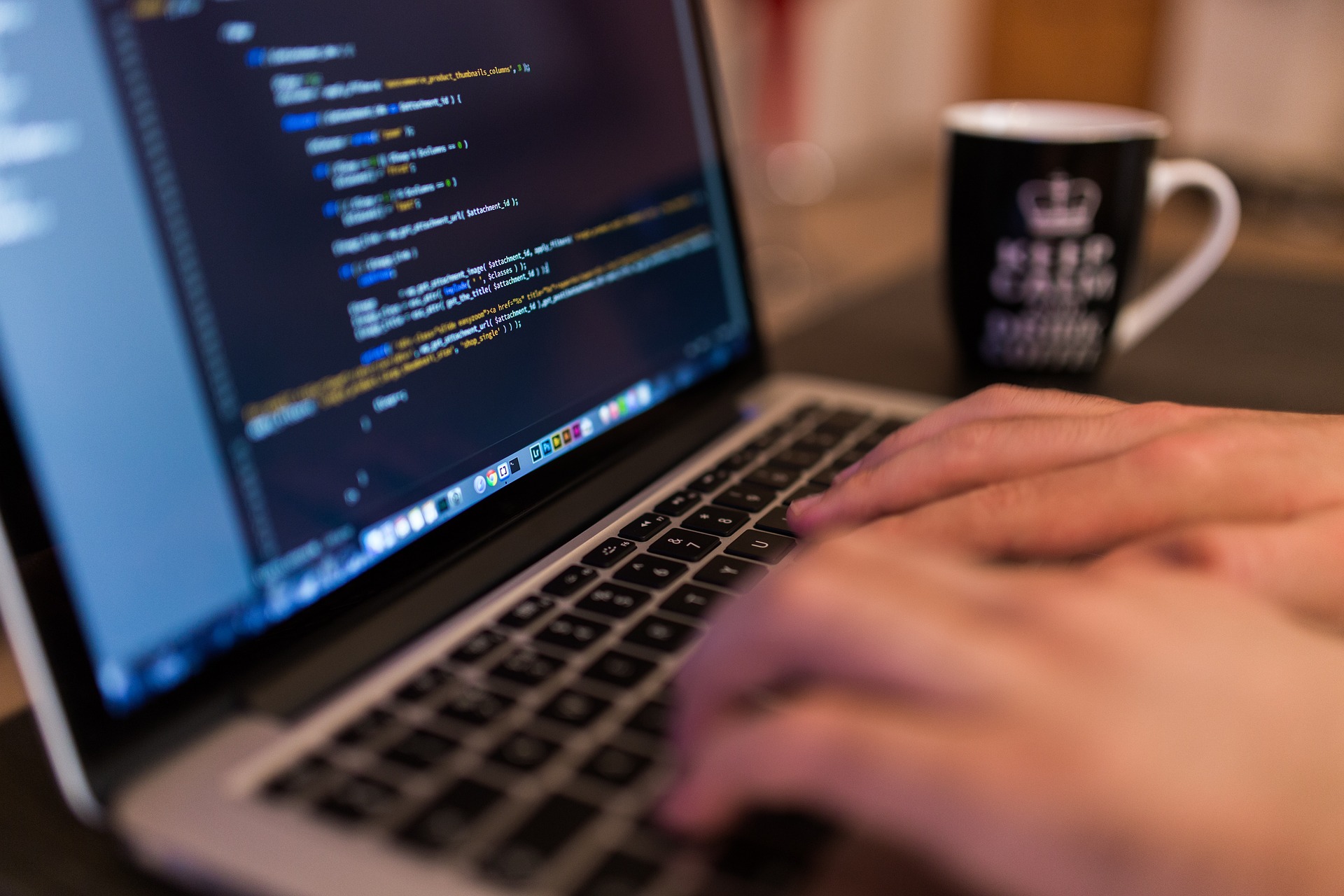 12 June 2018
Intellectual Property Unit / News_it/en
0 Comment
12 June 2018
Intellectual Property Unit / News_it/en
0 Comment
PATENT & SOFTWARE: THE CASE ALICE CORP.
The European Commission, in its Communication of 02.07.2014 (COM 2014 – 442 Final) defines Big Data as “large amounts of different types of data produced with high velocity from a high number of various types of sources. Handling today’s highly variable and real-time datasets requires new tools and methods, such as powerful processors, software and algorithms.“. In this perspective, the development of the physical and virtual infrastructures necessary to effectively carry out the above analysis activities, is of fundamental importance. This scenario of technological development has opened numerous debates on the intellectual property front, linked, above all, to find a balance between the protection of operators’ competitive advantage and the sharing of results, as main stimulus for the development of the sector. As well known, the computer programs are mainly protected by copyright; this one protects, in particular, the software, considered as a product of programming, the latter assimilated to an intellectual activity. However, this form of protection does not offer considerable stability, for two main reasons. The first is the risk of the so-called “reverse engeneering“, which consists of going back from a program to its flow chart and, by this way, creating an entirely new one, which however performs exactly the same functions. Faced with this type of operation, copyright appears to be an unsuitable protection because it protects the software like a literary opera, warding only the “source code”, namely the set of instructions of the programming language; therefore, in presence of a different source code, even if the final result is the same, there is no copyright infringement.
The other critical node is the requirement of originality that can easily be denied whenever the instructions in the code are required by the function. In America, from this point of view, an exemplary judgment of a greater rigidity of the Supreme Court, is the sentence of 21.03.1991 in the case Feist (Feist Publications, Inc., v. Rural Telephone Service Co., 499 US 340 – 1991 ); on this occasion the level of creativity required for software protection has been raised, thus leading to the overcoming of the Anglo-Saxon “sweet of the brown” approach, in which a database was primarily protected based on the effort economic profit and the consequent asset value of the investment. Starting from these copyright protection limits in software, in America people began to look carefully at patent law; in fact, unlike copyright, the patent on a software invention provides a broader protection, ranging from the programming language to the functionality of the algorithm, without limiting only to the source code. To rule the software patents’ granting procedure, in 2014 the Supreme Court issued the sentence in the case Alice (Alice Corporation Pty. Ltd. of CLS Bank International); on this occasion it was established that the patentability condition for this type of technology is that the invention should not be limited to contemplating a mere abstract idea but have to demonstrate a further inventive phase characterized by an applicative profile; in other words the possibility of patent protection is recognized, provided that the invention belongs to the technical world.
Rebuinding the case, Alice Corp is an Australian Company that holds four patents on electronic methods for financial trading systems in which the transactions between the two making payments parties are regulated by a third one; the aim of the latter is to limit the so called “settlement risk“, as the possibility, in a financial transaction, that the counterparty does not fulfill own delivery or payment obligations. Alice Corporation has been sued by CLS Bank International, a consortium of banks that manages billions of euros daily through transactions; CLS Bank International has requested the annulment of the four patents, basing own motivation on the assumption that the utilization of an intermediary to protect the financial services exchanging and minimize the risk of non-compliance is a principle widely applied since a lot of years in all over world business; moreover, the implementation of an IT system aimed at applying a basic financial concept does not satisfy the requirements of patentability. The Supreme Court is so called on to examine if the use of the computer makes the difference or not; in other words, the question is to understand whether it is a simple abstract idea, concretized through the aid of a software, or if it is an original invention capable of determining an improvement in the state of the art, through a digital performing. With the sentence of 2014, the Supreme Court ruled that software was not patentable because it was not found the real added value and the concrete technical evolution offered by the patenting company. The Alice sentence has made the software patentability much more complex, considering no patent-elegible all those solutions consisting only in manipulations and resolutions of abstract or pure mathematical problems, without any technical-practical consequences. Conversely, no clear indications have been provided to define the category of the “abstract ideas“; this indeterminacy has caused a lot of difficulties among the lower courts, lacking appropriate legislative instruments to distinguish what constitutes a mere abstract idea and what represents an inventive concept.

This type of approach to software patentability is also traceable in the UE legislation, starting from the art 52 EPC; in this article, the legislator excludes the patent protection of software as such and recognizes the importance of highlighting the further technical inventive effort in order to obtain the patent right. The EPO jurisprudence has applied the above mentioned principle on several occasions; an example is the decision T208 / 84 (Computer-related invention) of 15.07.1986 and the decision T1173/97 (Computer program product / IBM) of 01.07.1998. On both cases, the EPO underlines the importance of tracing a substantial technical contribution to the program created with respect to the state of the art. In order to provide guidelines, the EPO also published in 2009 a document entitled “Patents for software? European law and practice ” in which is described the criteria followed to evaluate the patentability of a software, first of all the scientific issues and the capability to solve a technical problem; unmarked this point, the other typical requirements of innovation, novelty are always essential.
In the light of above mentioned, we can well understand the complexity of a sector such as that of key technologies, characterized by very high costs for research and equally high possibility of failure; a sector that, nevertheless , seems to become the future frontier of industrial development; current trends see all companies concentrating own greatest investment and research efforts in the so called Industry 4.0; this paradigm involves a lot of realities such as the Smart Factory, the Internet of Things, Big Data, the Maker Movement and others. Industry 4.0 regards the technologies of the fourth industrial revolution, characterized by the “digitalization and interconnection of all production units present within an economic system” (Roland Berger, 2014); in this perspective, the progress will no longer towards the direction of the machines but of the software at the base of the machines; clearly, in a such scenerio it is difficult to imagine business models without an adequate patent protection system protecting the inventions before putting on the market.
With thank to De Tullio&Partners.
Fabiano DE LEONARDIS
Intellectual Property Unit


